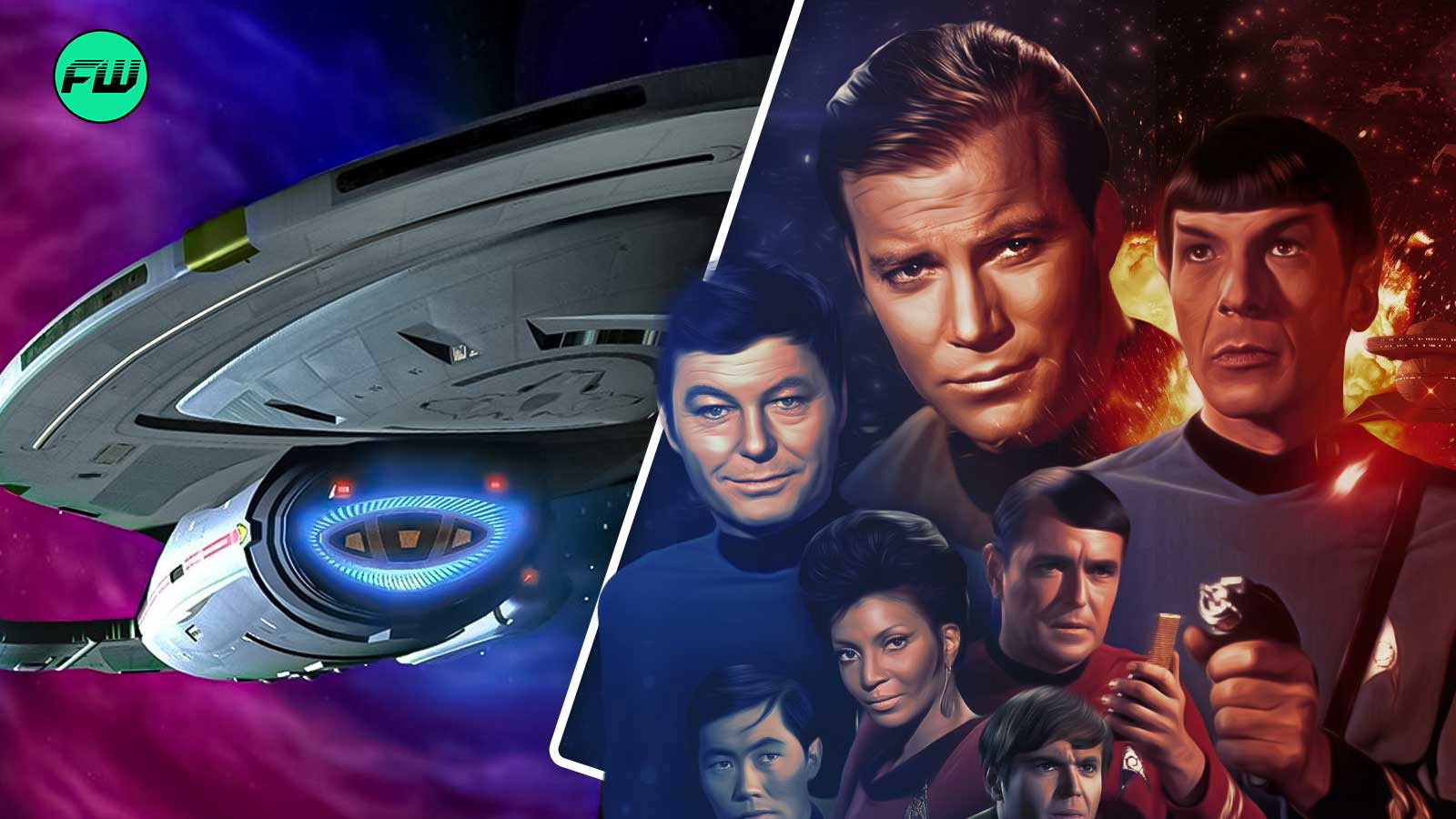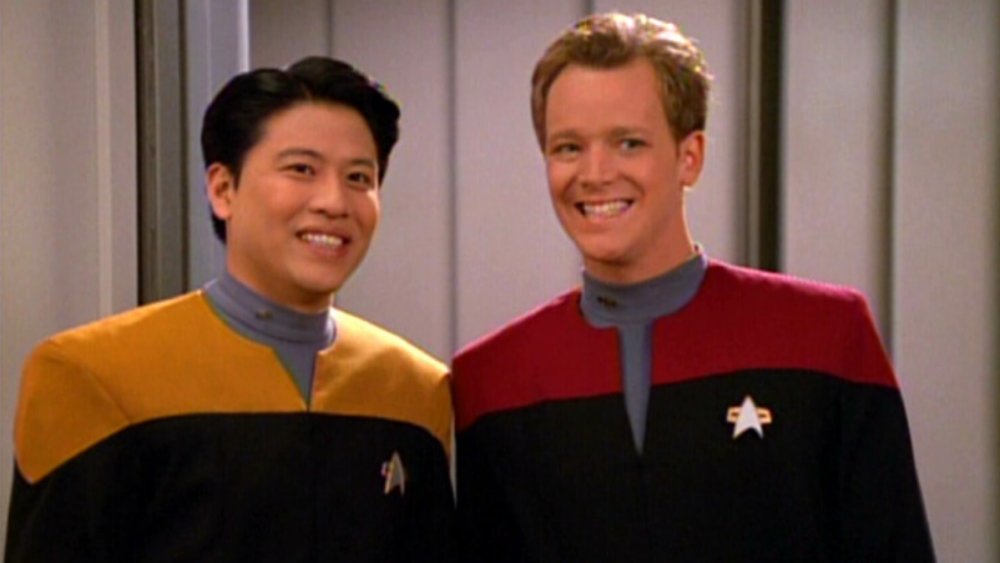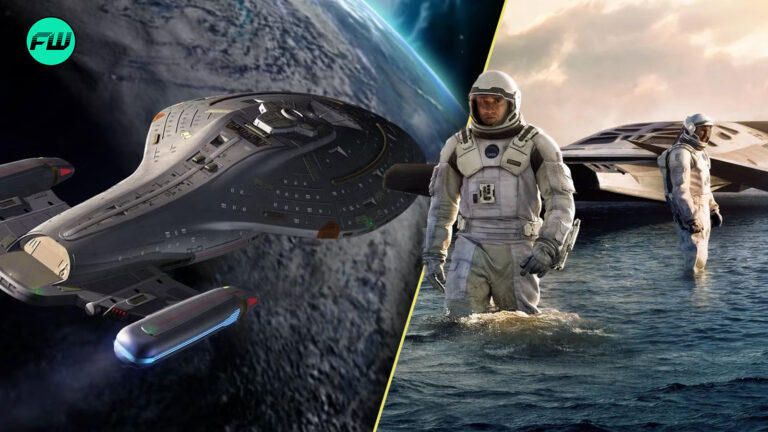
The original Star Trek: Voyager design was almost a disaster — at least, according to one determined showrunner who refused to let it fly. Burning the midnight oil, he scrapped the initial, deceptively clunky design and reworked it into something sleeker, more futuristic, and worthy of Star Trek.
!["Maybe I was nuts, or maybe I cared too much": Star Trek Boss Burned the Midnight Oil to Change the Original, Deceptively Stupid Voyager Design 4 Star Trek The Original Series – A still from the episode Arena [Credit NBC]](https://fwmedia.fandomwire.com/wp-content/uploads/2025/03/21135623/Star-Trek-The-Original-Series-%E2%80%93-A-still-from-the-episode-Arena-Credit-NBC-1-1024x771.jpeg)
Whether it was madness or sheer dedication, his late-night revisions saved Voyager from looking like a total misfire.
The man who saved Voyager: How a Star Trek perfectionist fixed a deceptively stupid design

The Star Trek: Voyager we know today almost looked well, deceptively stupid. Per former Senior CG Supervisor Rob Bonchune, the ship’s original CG model had a major problem — its hull was tinted purple. And if that wasn’t enough, the deflector dish glow looked completely off.
Bonchune, a self-proclaimed ship perfectionist, couldn’t let that slide. The real Voyager filming model was a distinctive “duck egg blue,” and he wanted the CG version to match. He shared (via TrekCore),
According to Rick Sternbach, the Voyager hull was really a “duck egg blue” color, and when you saw the physical model in person it couldn’t be more obvious. I knew that we were probably never going to use the physical model for any additional shots going forward so there was no way a fanatical, nitpicking ship perfectionist like me was going to let that color discrepancy stand. I spent quite a few evenings correcting all of the image map colors to match the physical model’s shade of blue.
So, on his own time, Bonchune painstakingly reworked the textures and colors, making sure the CG Voyager looked as close to the physical model as possible. Nights and weekends disappeared into correcting image maps and tweaking lighting, because a purple Voyager was simply NOT an option.
And then came the deflector dish. Originally, it had a flat blue glow that didn’t mimic the dynamic lighting of the real model. Bonchune used fade maps and texture tricks to create variations, making it more convincing.
Later, with upgraded tech, he perfected it using a “frosted glass” material. The result? A CG Voyager so accurate that most people couldn’t tell it apart from the real thing. Bonchune alluded,
Maybe I was nuts, or maybe I cared too much, but I know that I wasn’t the only one. Every member of the Star Trek team at Foundation – even as the roster changed over the years – were always the type that would put in the time needed to do their absolute best, and to make something look as good as possible.
Considering the late nights and weekends spent in front of monitors, I guess we were crazy – but damn, I couldn’t use a purple Voyager when a few nights worth of work would make it far more realistic!
Either way, Voyager fans owe him one — the ship never looked better.
Star Trek: The Next Generation was banned from using this TOS character’s name

Star Trek: The Next Generation wasn’t just boldly going where no one had gone before it was also banned from saying “Spock.” Yep, executive producer Rick Berman enforced a strict no-Spock rule, fearing TNG would lean too much on nostalgia (via Game Rant).
This became a real headache during the emotional Sarek episode. Writer Ira Steven Behr fought hard, arguing that Spock’s father, Sarek, couldn’t realistically exist without mentioning his son. After multiple battles, Berman finally caved:
OK, you can say it once.
Fast forward to season 5’s Unification, and TNG did a complete U-turn — Spock wasn’t just mentioned, Leonard Nimoy guest-starred! By then, the show had cemented its legacy, proving it didn’t need nostalgia to shine. The Spock ban? Just a speed bump on TNG’s path to greatness.
Watch Star Trek on Paramount Plus & Apple TV.
This post belongs to FandomWire and first appeared on FandomWire

